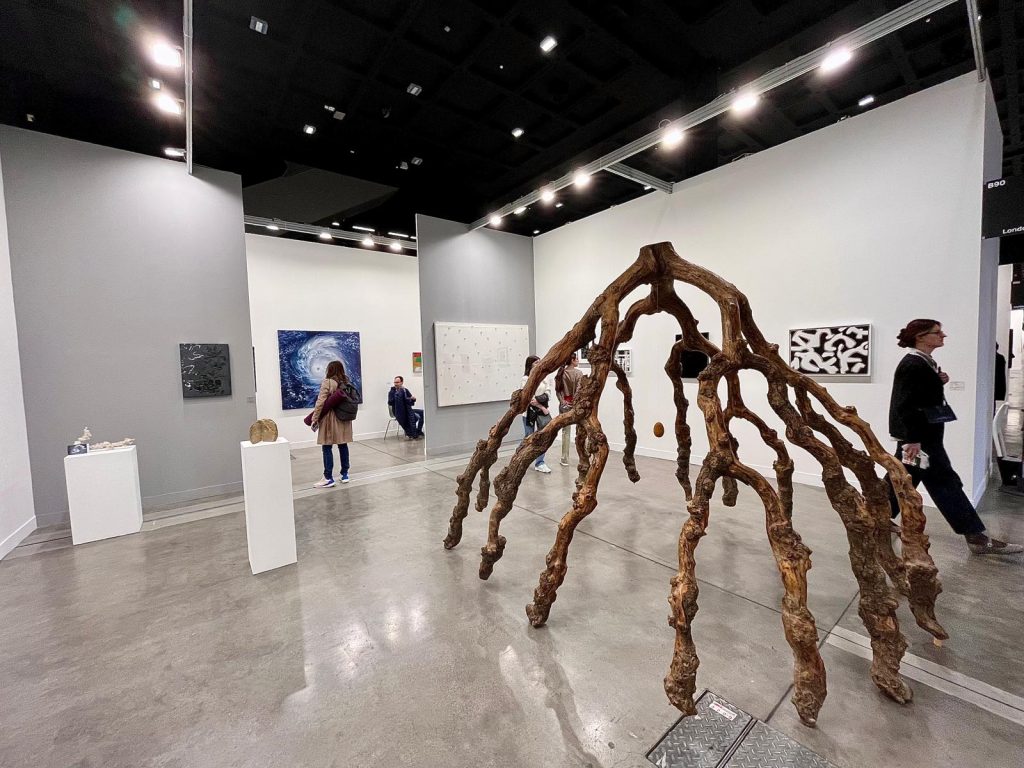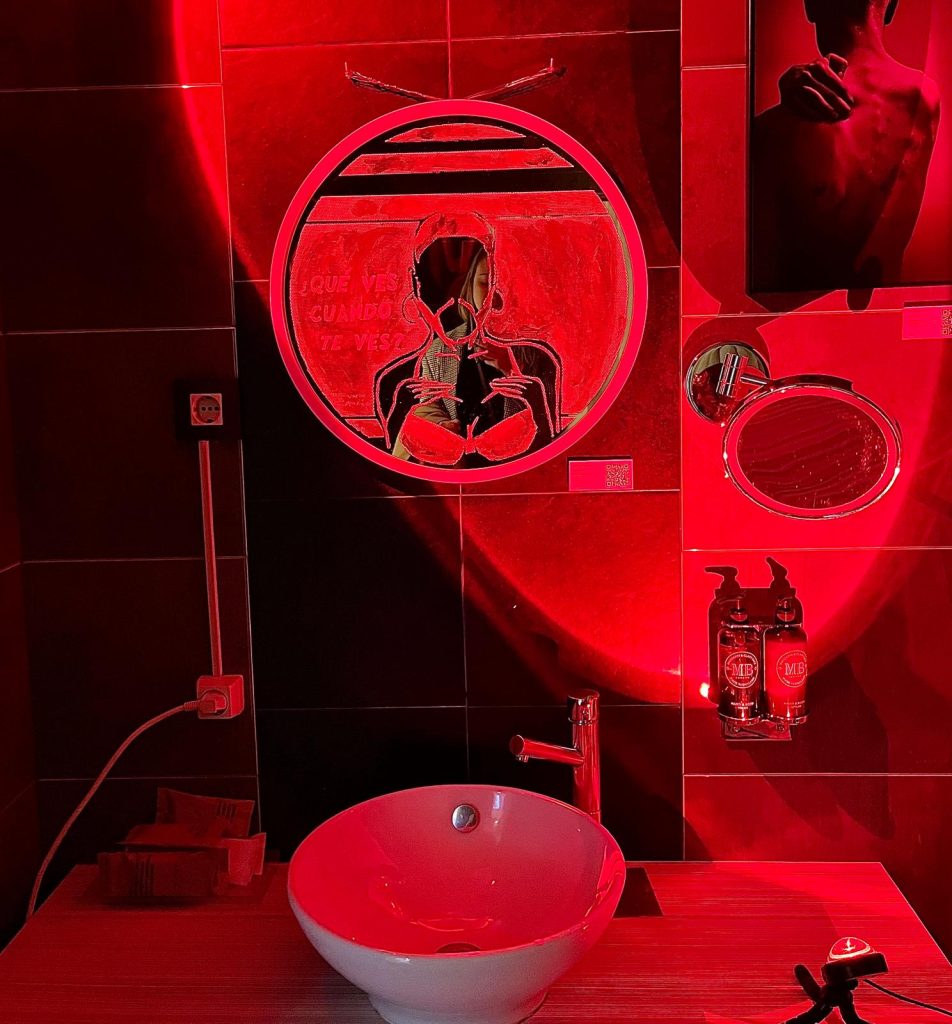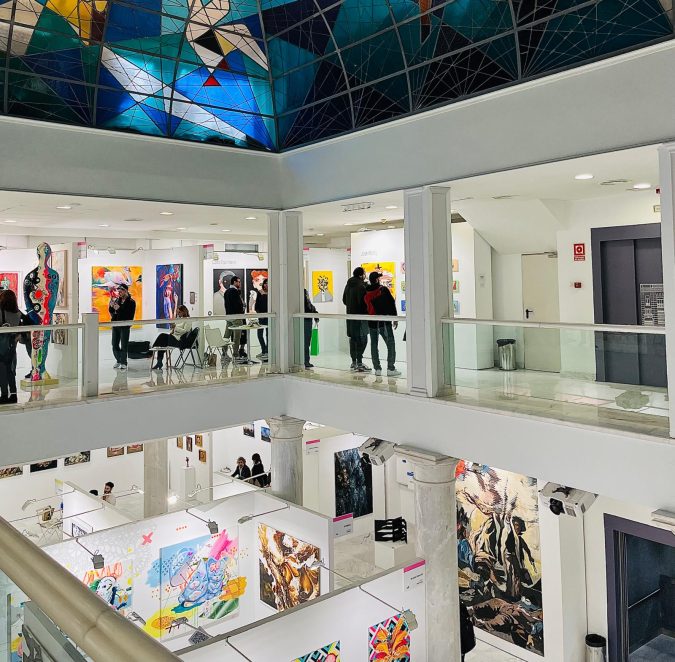Perspective of the art fairs’ organisers in Spain and Italy
Art fairs have long been vibrant intersections of culture, commerce, and creativity. Initially centered on art sales and displays, they have evolved into dynamic cultural spectacles. Despite changes in the art market, art fairs remain vital for galleries to showcase works and expand networks.
The future of art fairs, though fraught with challenges, remains promising. As the art world adapts to economic, social, and environmental shifts, fairs must also evolve. Traditional models face scrutiny, with many advocating for more socially-oriented frameworks. Marc Spiegler, former global director of Art Basel, emphasised this need at the Art for Tomorrow conference in April 2023. He warned that viewing contemporary art fairs as elite-exclusive events risks budget cuts and diminished public interest, advocating for democratising the art market to ensure its sustainability.
Audience development is crucial; attracting diverse, engaged crowds enhances experiences for visitors and exhibitors alike. Insights from art fair organisers, particularly in Spain and Italy, are invaluable to investigating how art fairs can attract buyers, and generally enrich the cultural life of their host cities. Interviews with high-level staff from five mid-sized art fairs—two in Spain and three in Italy—highlight their strategies and challenges. These fairs, whether established in the 1990s or more recently, do not have dedicated Audience Development departments or teams. Instead, the interviews were conducted with artistic directors or visitor departments. Despite this, the fairs still managed to cover topics related to Audience Development comprehensively.

miart 2022 Milan © Alexandra Zagrebelnaia
This overview is based on five semi-structured interviews with the art fairs’ representatives, held between May 2022 till July 2023.
Here’s a brief introduction to the art fairs involved:
Hybrid Art Fair: A Spanish art fair established in 2017 in Madrid
JustMad: A Spanish art fair established in 2010 in Madrid
miart: An Italian art fair established in 1996 in Milan
Artissima: An Italian art fair established in 1994 in Turin
Art Verona: An Italian art fair established in 2005 in Verona
Key Highlights:
- First of all, they highlighted the significant impact of global events, especially the COVID-19 pandemic, which has accelerated a shift towards digital platforms. While digital offerings expand access, the irreplaceable allure of in-person art viewing remains compelling. Enhancing digital quality, particularly to engage younger, tech-savvy audiences, is essential.
- Art fairs are increasingly holistic experiences. Collaborations between galleries, fairs, and cities can transform these events into immersive, year-round spectacles. Such partnerships enhance visitor experiences and benefit local communities and economies. Integrating educational initiatives and citywide activities can cultivate new audiences and deepen connections with existing patrons.
- Audience development extends beyond mere attendance increases. There is a growing focus on exclusivity and deepening relationships with current attendees, particularly VIP guests. However, special VIP events, while valuable, come with high costs and can distract potential buyers from gallery stands. Careful scheduling and programming is needed to balance the interests of galleries and attendees.
- Attracting a broader, younger audience is essential. Engaging individuals already interested in the art market involves expanding educational programs beyond the fair’s duration and collaborating with museums, educational institutions, and city authorities. These initiatives not only educate but also enrich the art fair experience, extending it citywide.
- Detailed audience data is invaluable for planning future events. Although organisers actively collect data, there is room for better utilisation once collected. Enhanced data analysis can tailor events to meet attendee preferences, benefiting both organisers and galleries.
The future of art fairs lies in balancing commerce and culture. Embracing digital transformation, fostering collaborations, and focusing on education and audience engagement are crucial steps. By integrating these strategies, art fairs can thrive, offering enriching experiences to diverse audiences while maintaining financial sustainability. The ultimate goal is a holistic approach that benefits all stakeholders—from galleries and organisers to the wider community and art enthusiasts.

Hybrid Art Fair Madrid 2022 – detail © Alexandra Zagrebelnaia
Are you a student or recent graduate eager to contribute your voice to ArtTactic’s Editorial vision? We’d love to hear from you!
Reach out to our Head of Editorial, Sandy Dewar (sandy@arttactic.com) for more information.

